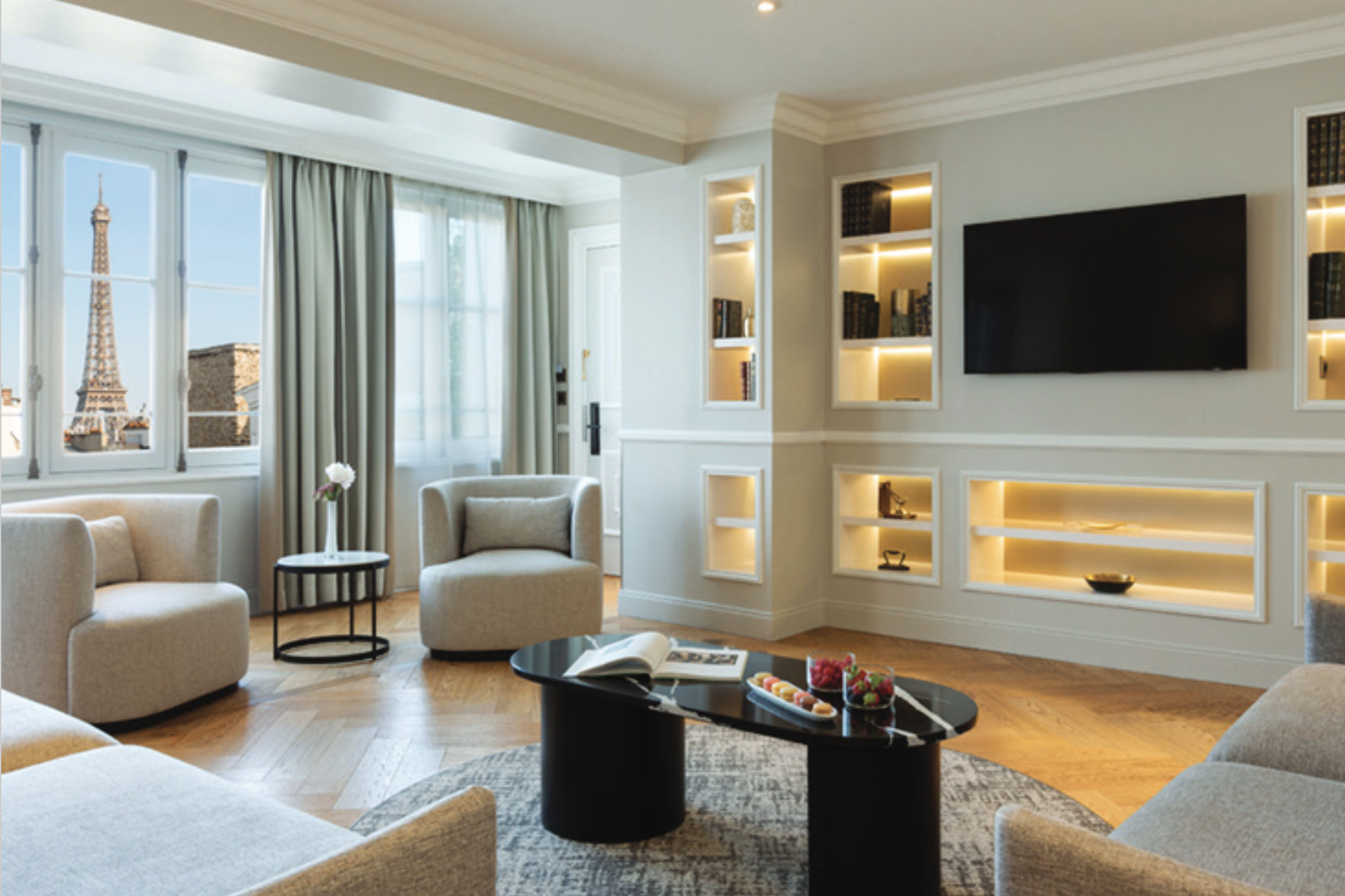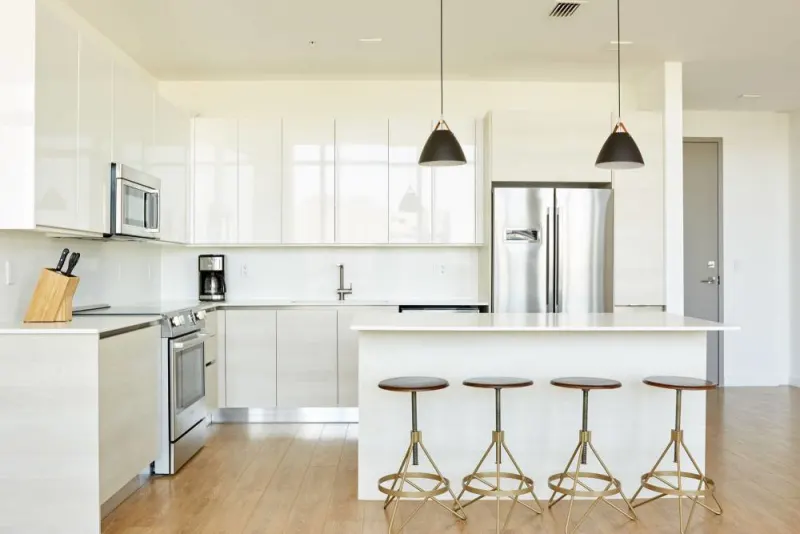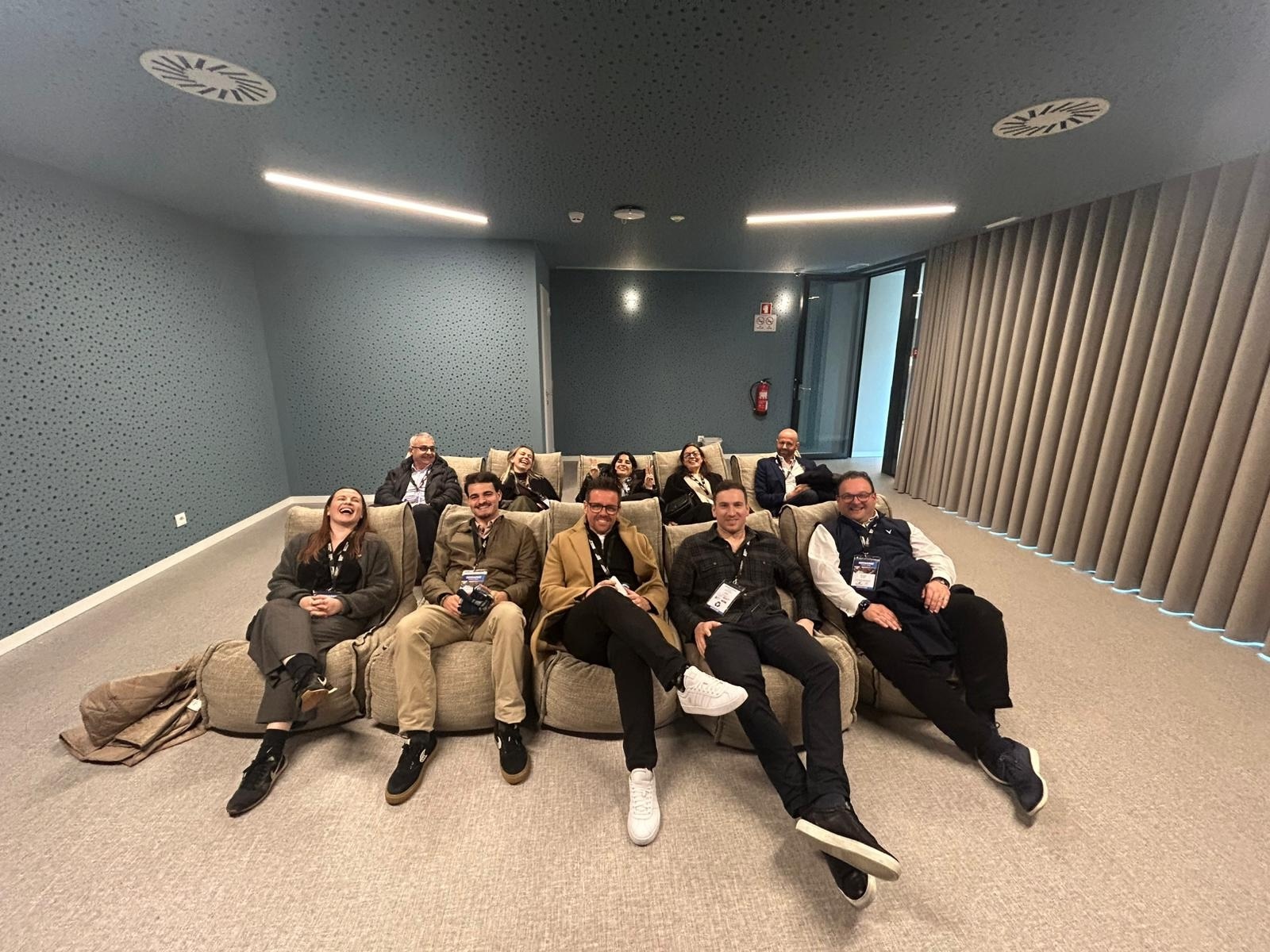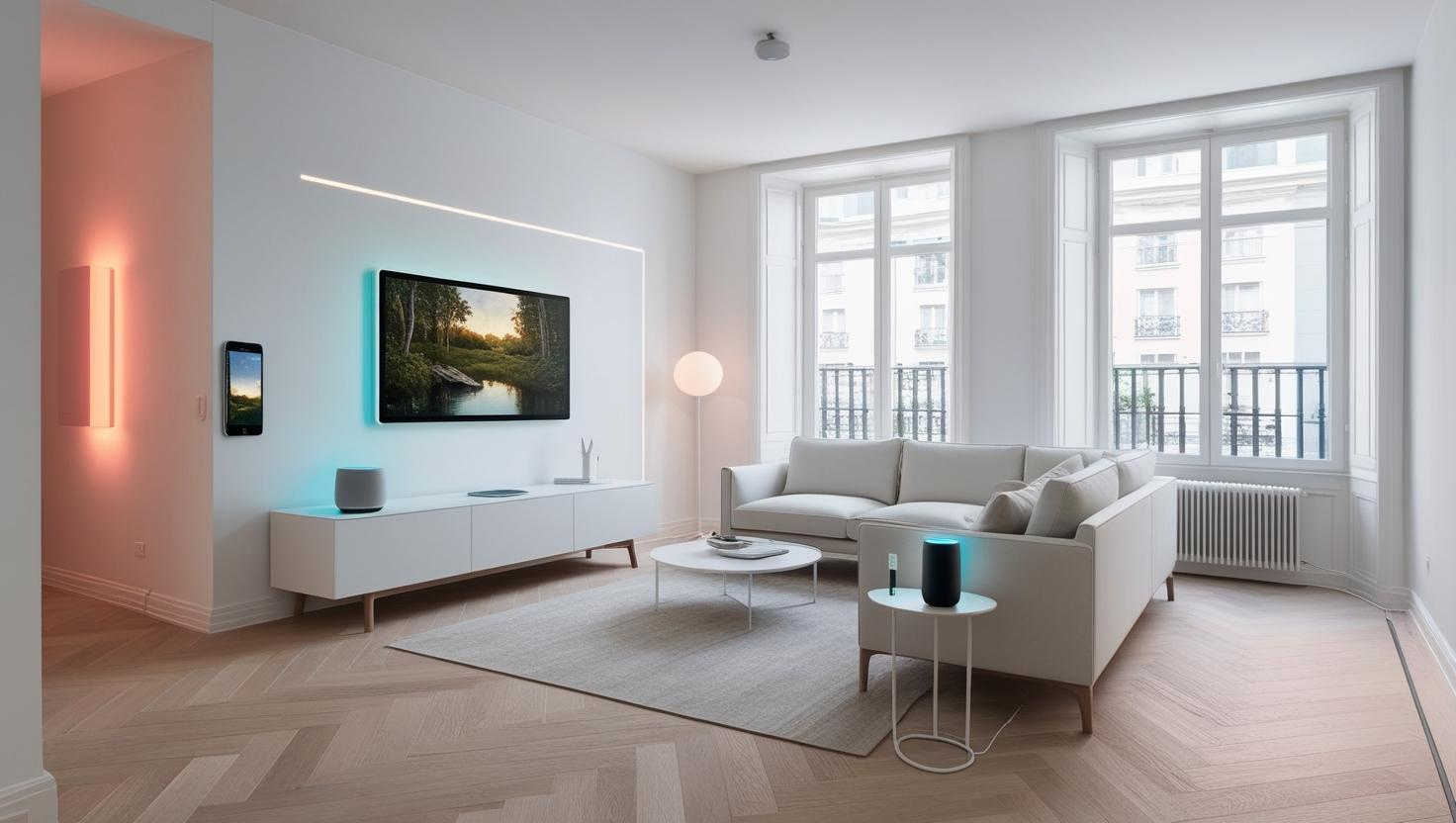
My top 5 – some belters and one absolute shocker. My original predictions and updates below.
I made quite specific predictions, so, beware – there’s a lot that can go wrong. The scoring system is as follows: I score two points for a hit, one point for a near-hit, no points for a miss, and minus one for what my eldest would call an ‘epic fail’.
1. Mobile payments
Those hoteliers planning to simply accept mobile payments in 2015 will fall behind the curve. Be first to embrace m-payments to facilitate new ways to share and split costs, increase competitive advantage and add a new dimension for guests in the process. 2015 will be the year when mobile payment platforms and tokenization become commonplace. in the US. Apple Pay saw one million cards registered in its first three days after launch in the US and Starbucks now processes 7 million mobile payments a week. In addition, there are forecast to be 450 million mobile payment users by 2017, up from 245 million at the end of 2013.
UPDATE: Marriott hotels, HotelTonight, Mr and Mrs Smith and others now accept ApplePay as currency – the gong for the first serviced apartment / aparthotel to accept ApplePay is still up for grabs, we think.
2. Chameleon socialites
There has been a lot of research conducted to gain insights on consumers’ social media behaviour patterns and changes in consumers’ behaviour are happening continuously. Consumers around the world are constructing their own identities more freely than ever – some adopting different personalities based on the type of device and social network they’re engaging with. They perceive the use of different channels as an integral part of their daily lives. Research into social media behaviour reveals that Twitter and Facebook users fall into 12 different social media personality types.
As a result, consumption patterns are no longer defined by ‘traditional’ demographic segments such as age, gender, location, income, family status and more. It’s time to disregard the traditional (and tired) demographic models of behaviour. Yes, younger, affluent hotel guests are still (usually) the earliest adopters of innovations and change – take a look around a ‘poshtel’ or ‘budget chic’ hotel lobby and you’ll see those guests in droves. But now successful hospitality brands will transcend their initial demographics almost instantaneously with more personalised offerings.
UPDATE: The reality is that personalising the guest experience has been hampered as much by a business’ vision and its ability to deliver on this as it has due to the lack of available technology. With recent advances in IT, the availability of big data and the vying amongst brands to be the most talked about, there’s a big effort to truly personalise the consumer experience. And why is personalisation so important? It’s largely down to staying relevant in the minds of your guests. If you’re not talking the same language, the relationship will break down. Simple.
Mr and Mrs Smith has recently deployed automated personalisation for trend monitoring to offer customers individualised communications and experiences. This focuses on buyer behaviour and connects customer interactions with the brand through multiple digital touch-points, gaining advanced insight into individual customer preferences and experiences. The technology allows the company to monitor previous trends but also have additional insight into future buyer behaviour.
3. Hub community connections
Guests, particularly in extended stay properties, will increasingly feel the need to connect with humanity and the hotel’s local environment as they become tired of the incessant bombardment of virtual stimuli – which is distracting in itself, and the pervasive mobile connectedness taking over our lives. Look for accommodations acting like community portals – think post offices; community centres; libraries; pubs, clubs and more host (or hosting groups) variations, introducing guests to popular local experiences that could become part of the hotel’s approach to content marketing and story-telling.
UPDATE: We like the Hoxton hotel brand approach to content, culture and community, and it’s ironic that the hotel industry itself is starting to become the ‘local hub’ within the vacation rental sector. Take a look at how Room Mate hotels and BeMate is developing community within its offering. Hyatt Hotels too has recently invested £40 million, and is entering into a pilot program with Onefinestay that will let house renters freshen up at the Hyatt Regency London – The Churchill if they arrive early for their rental. Marriott hotels is rumoured to have engaged in conversations with Airbnb about working more closely together too. Watch this space for more collaborations between hotel brands and the short term rental sector.
4. Peer2Peer dining
The hosted vacation rental model (think Airbnb and HomeStay – renting unique places to stay from local hosts) has made the natural transition to hosts’ kitchens and dining rooms and traveller’s unique dining experiences. A number of Peer2Peer dining websites, such as mealtango and eatwith have launched, prompting corporate level companies like Trip Advisor, to jump on the bandwagon. Much like Poshtels, Peer2Peer dining offers tourists a unique and authentic experience, within a budget; with user reviews (for both guests and hosts) and foodie pics providing welcome feedback through the experience. For extended stay guests, who will inevitably get tired of eating in the same collection of restaurants in the vicinity of their accommodation, Peer2Peer dining offers a more homely, personal option.
UPDATE: We haven’t seen evidence of hotel or serviced apartment guests hankering for the truly local and ‘home made’ dining experience in somebody’s house or hospitality brands driving initiatives here – maybe the space and availability of cooking facilities in serviced apartments are a stronger incentive than previously thought. The growth in ‘casual dining’ and improved hotel food and beverage offerings, coupled with strong dining options in the local area are a consideration too.
5. Blurring of business and leisure
Bleisurites: they’re smart, not trendy, and focus on both business and leisure activities while on the same trip. As the lines between business and leisure travellers blur, and the speed of communications and technology improves unabated it’s easier and quicker to get things done, and working on the move with mobile is now commonplace. With companies offering a more flexible approach to employee productivity it presents fresh opportunities for hotels to incorporate bleisurites into one’s hotel visual story. Consider changing room configurations and amenities that would resonate with them most – how technologically advanced is your apartment or hotel at capturing this type of traveller for instance?
UPDATE: BridgeStreet Global Hospitality recently published a white paper on the digital nomad traveller exploring this trend further. The launch of the Beyonder aparthotel brand, aimed squarely at the Millennial market will be one to watch as the aparthotel sector matures in Europe.









